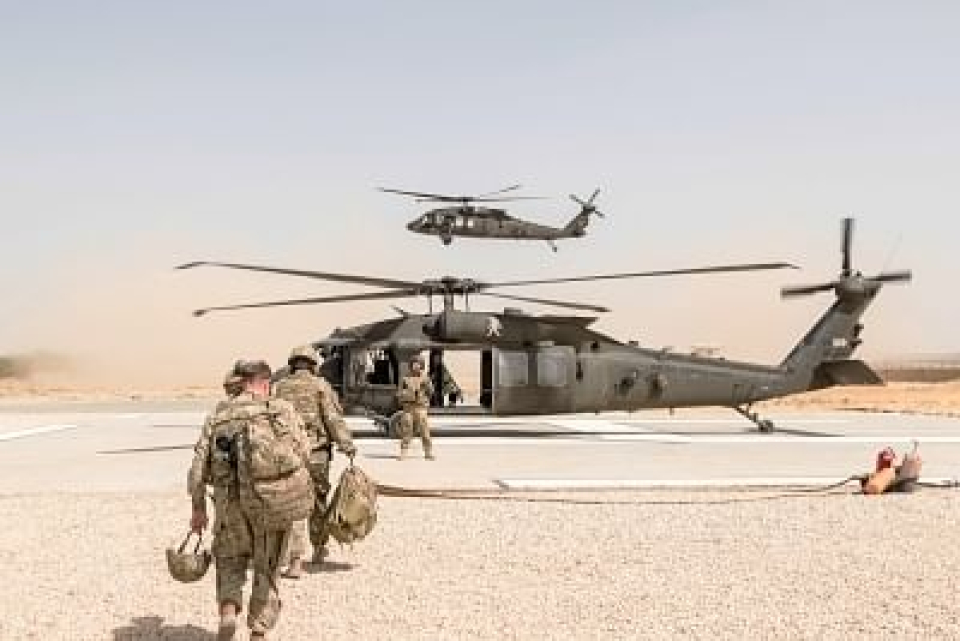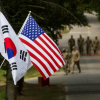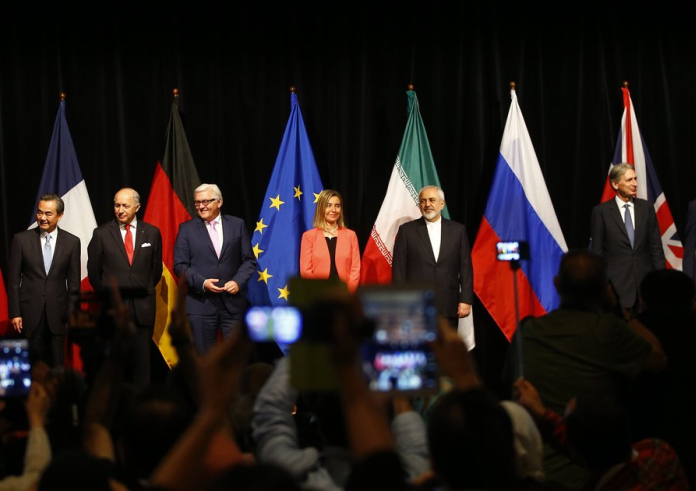by : Syed Ata Hasnain , the quint
As the US withdraws from Afghanistan one is reminded of similar retreats by it and others from expeditionary operations in the last few decades.

Most famously, US withdrawal from Vietnam generated the term ‘last helicopter’, due to the symbolism of a helicopter lifting off from the roof of the US embassy in Saigon. There were so many helicopters which left Saigon that they could not be accommodated on board the carriers and were ditched in the sea.
Was that the reason why Bagram airbase was completely evacuated before the last date of withdrawal from Afghanistan, now slated to be 31 August, 2021?
As a matter of interest, helicopters have symbolised some negative events of US military history. The botched Delta Force operation of 1980 (Operation Eagle Claw) to evacuate US hostages from Tehran and the 1993 operation (Operation Gothic Serpent) in Mogadishu, Somalia—commonly called ‘Black Hawk Down’—involved helicopters.
Shifting Goalposts of US Presence in Afghanistan
To avoid any prejudice, it is also good to remember Soviet defeat and withdrawal from Afghanistan in 1989, which became one of the major contributing factors towards ending the Cold War.
More important for the analyst is the fact that both Vietnam and the Soviet Afghanistan campaign of the 1980s, were engagements of the Cold War period against well-defined adversaries and fought almost the conventional way.
From 2001, the current generation of US forces and their allies fought mainly non-state actors in Afghanistan yet helped retain Afghanistan’s reputation as the ‘graveyard of empires’.
President Bush’s objective had been “to build a stable, strong, effectively governed Afghanistan that won’t degenerate into chaos” which got scaled down by President Obama to “preventing Afghanistan from becoming a safe haven for global terrorism”.
Interpreting these statements, both objectives focused on stabilisation and prevention of returning to any form of extremism capable of causing a threat to the world at large, and to the US and its allies in specific.
Translated, that meant the defeat and elimination of the perpetrators of 9/11, ensuring control over extreme ideologies which could lead to a repeat, creating preponderance of military superiority over adversaries that a factor of deterrence would prevail (the infeasibility of return) and a regional arrangement which could spell cooperation in preventing resurgence.
It’s the assumptions and the resultant strategies which appeared questionable. They stretched into the domains of military operations, diplomacy, and nation building.
The 'Obstacle' Called Pakistan
One of the major obstacles to US' success was Pakistan, a long term partner and frontline state in the war against the Soviets.
The entire spiral of extremist Islam had commenced primarily at its behest, in Afghan refugee camps during the 1980s from where the Taliban rose. It had led pan-Islamic effort against the Soviets, albeit with the financial muscle of Saudi Arabia and material resources from the US.
The apparent creeping success of its strategy using radical faith as the glue also found a footprint in Jammu & Kashmir (J&K). Pakistan was, therefore, unwilling to cooperate sensing that its investment in neutralising Indian influence in Afghanistan, the so called strategic depth of Pakistan, and the perceived success in J&K would be diluted.
The entire Taliban leadership re-located into Pakistan and lived there for years as much as the Al-Qaida did.
Sub-conventional Warfare Means Casualties
You cannot counter sub-conventional warfare by an experienced adversary if you are unwilling to accept casualties.
The American threshold for casualties was far too low.
US forces are not averse to casualties and have great professionalism. However, if society back home cannot be convinced and the political community lacks courage to explain to the home populace, the confidence with which operations can be launched by senior commanders will always be questionable.
I am not for a moment stating that operations must be launched without considering likely casualties but the ability to plan big and not depend entirely on technology for gains, is an important factor in such operations.
Leaving the Afghan Military in the Lurch & Getting Nowhere With Pakistan
The US trained the Afghan National Army (ANA) and India, too, contributed its bit. However, to expect that a highly efficient professional force will emerge from scratch in a few years is unrealistic.
The ANA was never short on courage but middle to high-level leadership could not be professionally sound without experience. To top that, the degree of trust (not in loyalty, but in capability) was low. This prevented better arming and equipping due to the persistent fear that eventually the Taliban would use all this equipment in future contingencies against foreign forces.
Nearing withdrawal, the US demanded air base facilities from Pakistan for the launch of armed drones and some fixed wing assets to assist the ANA but could not secure an agreement.
In contrast to this, President George Bush Jr was reputed to have placed Pakistan’s leadership on notice with his threat to bomb Pakistan back to Stone Age, if cooperation was not forthcoming. Perhaps, this was the time to leverage advantage through the influence garnered in Pakistan over many years.
Leaving the ANA in the lurch with inadequate air support will cost the US a reputation deficit in the years ahead.
Taliban's Confidence: US Would Not Challenge its Ideology
To win wars, especially of a sub-conventional nature, much more than just military superiority matters; the enabling environment also has to be supportive and superior.
The understanding of cultural terrain, so avidly adopted by General Petraeus during his command is not something which could easily be followed, although it is always a war-winning factor.
The Taliban sensed just too early that the US was in Afghanistan to seek revenge and would not commit too much to achieve its other aims. It has not changed its devious ways with regard to ideology; for example, the position of women in Afghanistan will remain a cause of concern for the international community.
However, the use of Afghan soil to promote terror, especially against the Western world could be unlikely, although regionally the same cannot be said with a degree of assurance.
The really interesting aspect of the current situation as the Taliban attempts to wrest control and the ANA continues to hold, is the influence of foreign players.
Always a part of the Great Game syndrome, Afghanistan is likely to see intense involvement of China and Russia while the US and the West maintain distance, albeit one with deep interest. On either flank, one sees Iran and Pakistan, both with more than peripheral interests.
And then there is India whose interests are far beyond what the $3 billion investments in soft power can ever indicate.

















